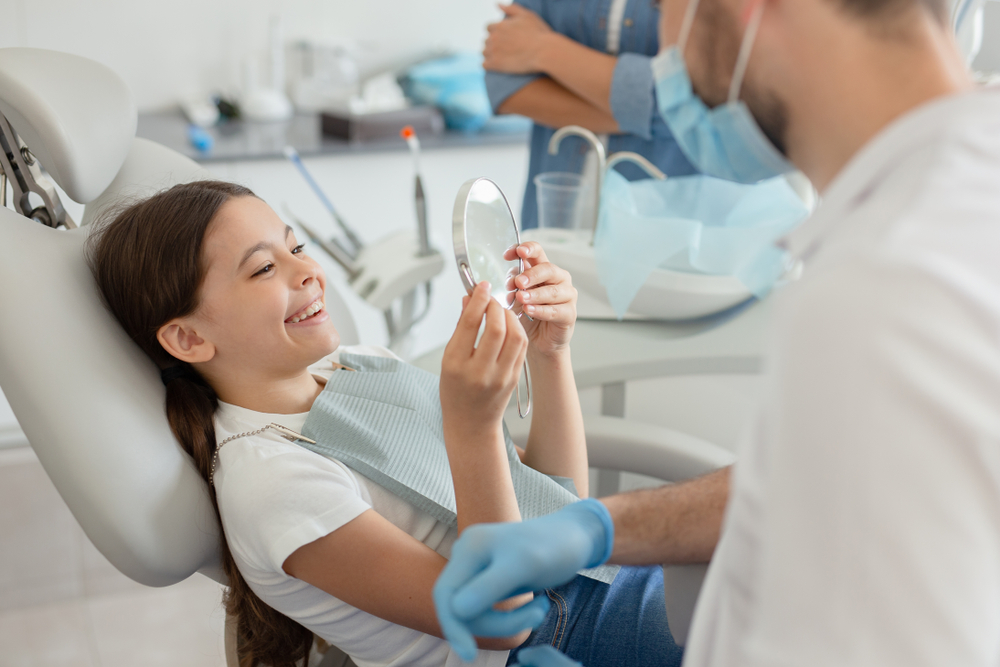Orthodontic issues are a common concern for children and can affect their dental health and self-esteem. While every child’s orthodontic needs are unique, there are some common problems that parents should be aware of. This blog will discuss these common orthodontic problems and how they can be addressed.

Malocclusion
Malocclusion, also known as a bad bite, is one of the most prevalent orthodontic problems in children. It occurs when the upper and lower teeth do not fit together correctly. Malocclusions can occur as:
- Overbites: Where the upper front teeth overlap the lower front teeth.
- Underbites: When the lower front teeth are in front of the upper front teeth.
- Crossbites: Occur when some upper teeth fit inside the lower teeth instead of outside.
- Open bites: When the upper and lower teeth do not meet when the mouth is closed.
Early detection of malocclusion can lead to effective orthodontic treatment, which may include braces, headgear, or other forms of treatment.
Crowding
Crowded teeth are another common orthodontic issue in children. Crowding occurs when there is not enough space in a child’s mouth for all of their permanent teeth to erupt correctly. Crowded teeth are challenging to clean effectively, making them more susceptible to decay and gum problems. Orthodontic treatment, such as braces or expanders, can help create space for teeth to align correctly.
Protruding Front Teeth
When a child’s front teeth jut out noticeably, it can create a misalignment in the upper and lower jaws, commonly referred to as an overbite. This protrusion can be caused by a combination of genetic factors, thumb-sucking habits, or the position of their primary teeth. If left unaddressed, protruding teeth can lead to various problems, including difficulty in proper biting and chewing, an increased risk of dental injuries due to their exposure, and potential speech impediments. The appearance of protruding front teeth may also affect a child’s self-esteem and confidence. Orthodontic treatment, such as braces, can help correct the alignment of protruding front teeth.
Early Tooth Loss
Baby teeth serve as natural placeholders for the permanent teeth that will eventually replace them. The natural sequence is disrupted when a baby tooth is lost early, whether it’s due to injury, decay, or other causes. Without the guidance and space maintenance provided by the baby teeth, permanent teeth may erupt out of alignment or at irregular angles. This can result in misalignment, overcrowding, or spacing issues, which often require orthodontic intervention to correct. Space maintainers or other orthodontic interventions can help guide permanent teeth into their proper positions.
Bruxism (Teeth Grinding)
Many children grind their teeth, especially at night. Bruxism can wear down teeth and lead to misalignment issues or damage to dental appliances. If your child grinds their teeth, request a consult at Grafton Orthodontics for guidance on managing this habit and preventing potential orthodontic problems.
Orthodontic problems in children are common, but early detection and intervention can significantly improve the chances of successful treatment. Regular dental check-ups are crucial for identifying and addressing these issues. Addressing orthodontic problems early can help prevent more extensive treatment in the long run and boost your child’s self-esteem. If you suspect your child may have orthodontic problems, call Grafton Orthodontics at 262.377.8950 for a complimentary exam! We can develop a personalized treatment plan to ensure a healthy and confident smile for your child.
